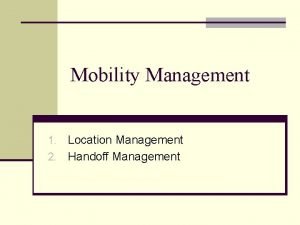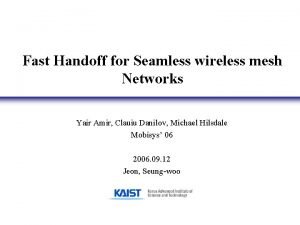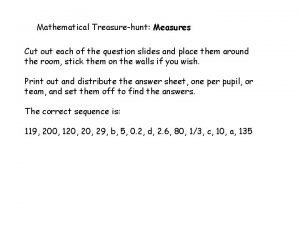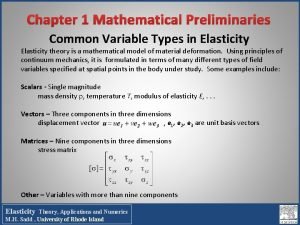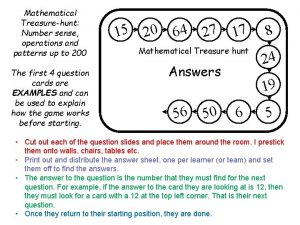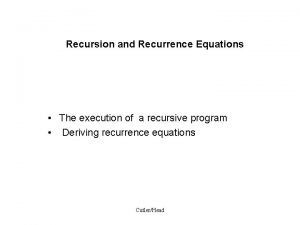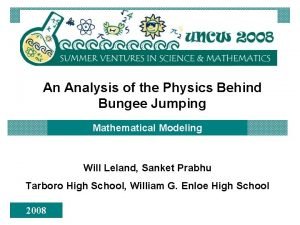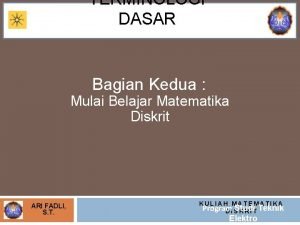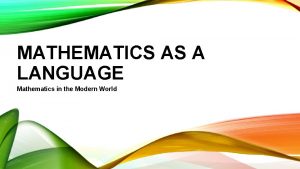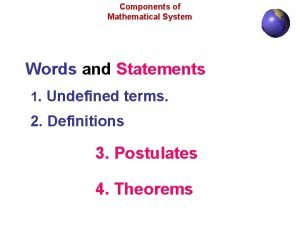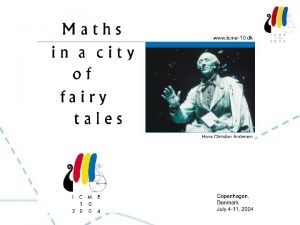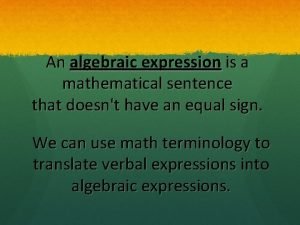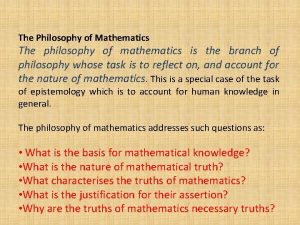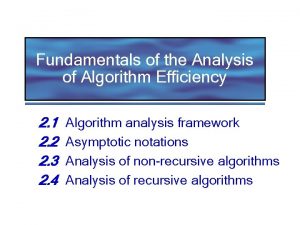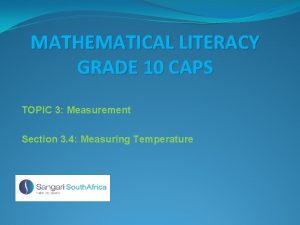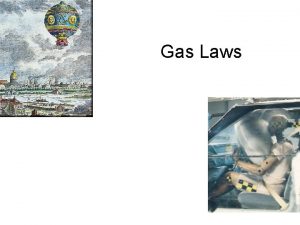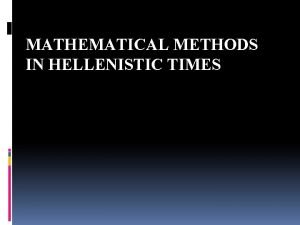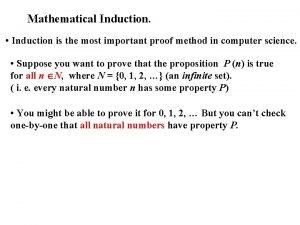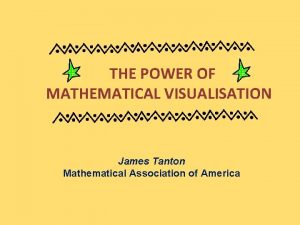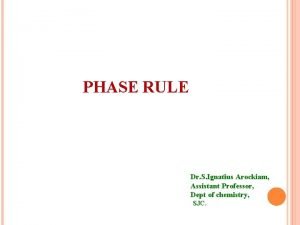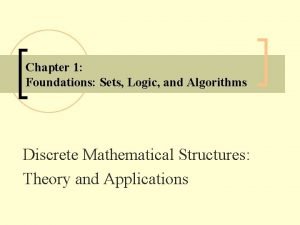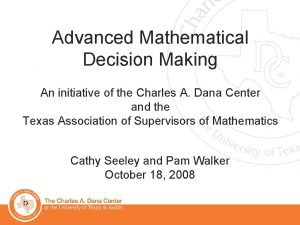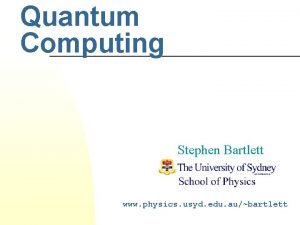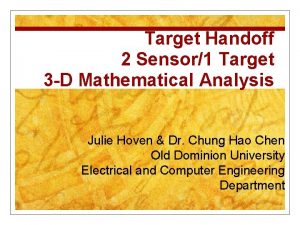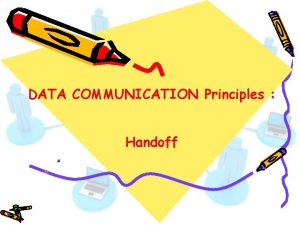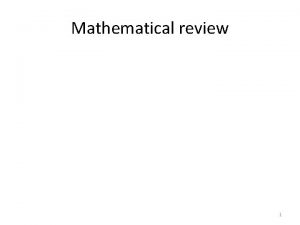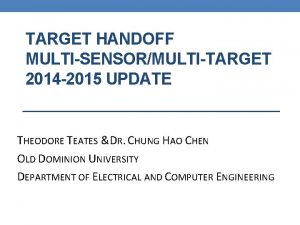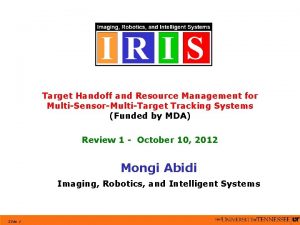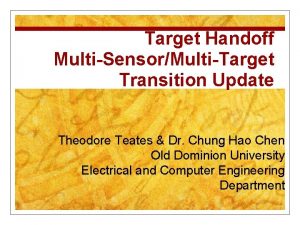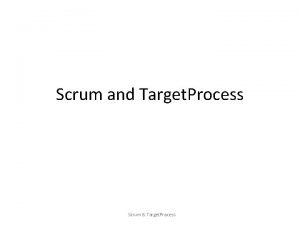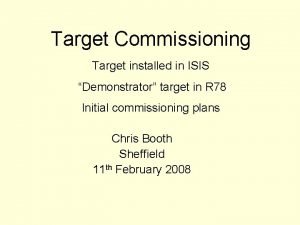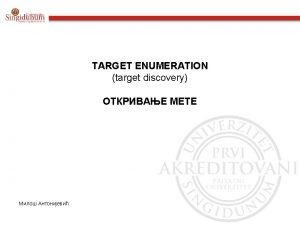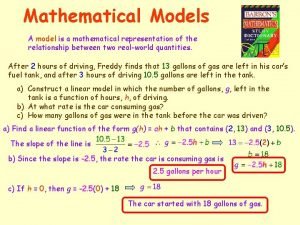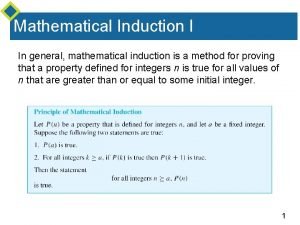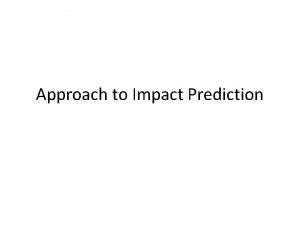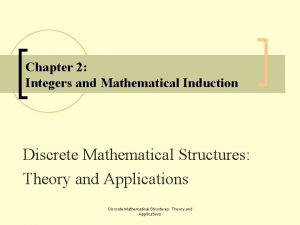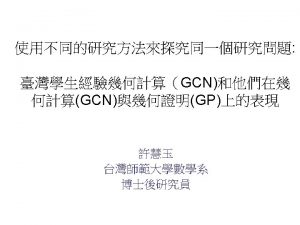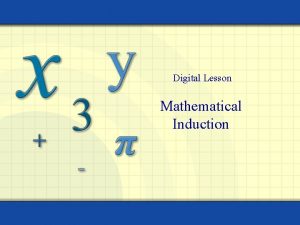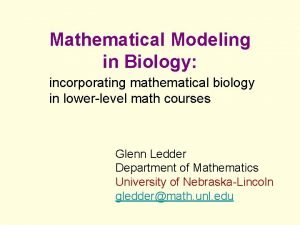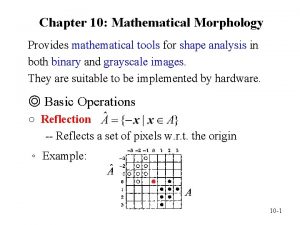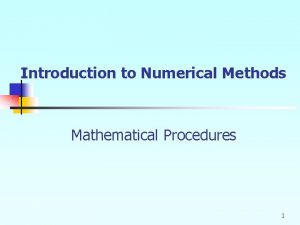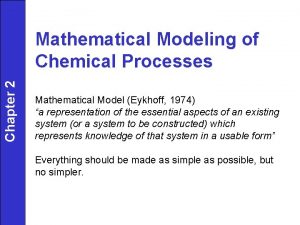Target Handoff 2 Sensor1 Target 3 D Mathematical






































- Slides: 38

Target Handoff 2 Sensor/1 Target 3 -D Mathematical Analysis Julie Hoven & Dr. Chung Hao Chen Old Dominion University Electrical and Computer Engineering Department

Introduction n Recap n Basis equations n Trigger Criterion n Thresholds n Lagrange optimizations n Closed form solutions n Future work

Recap n Trigger criterion and trackability measures n 2 -D analysis n Framework for transition to 3 -D analysis n Simulation without computation

Previous Flow Chart Handoff Request Sensor Handoff Response Sensor the trigger criterion for the ith target observed by the jth sensor at time T. the selection criterion for the ith target observed by the jth sensor

Assumptions n Given information n Velocities of target and sensor n Internal parameters for sensor n Consistent labeling n Relative positions of each tracked target n Target is visible until a maximum resolution

Basis Equations

Sensor FOV and Resolution n Simulation and verification of mathematics done via: n conic sections n spherical sections n Can easily manipulate due to actual sensor properties Conic Sections: Cone of view camera model using conformal geometric algebra for classic and panoramic image sensors. By: T. Debaecker, R. Benosman and S. Ieng

FOV Conic n Cone Equation using the FOV of the sensor

Resolution Sphere Equation using maximum resolution of the sensor

Handoff Sections

Simulation Distances

Conic Distances

Trigger Criterion

Trigger Criterion Trackability Measure Threshold

Trigger Criterion Flow Chart

Thresholds

Thresholds n FOV Threshold n Resolution Threshold n Occlusion Threshold

Optimization to Accomplish Handoff

Lagrange Method Optimization n Minima or maxima n Allows for multiple constraints n Closed form solutions not applicable n Gradient of magnitude determined

Lagrange Multipliers: Single Constraint n Function f(x, y, z) is subject to the constraint n g(x, y, z)=k n Optimize by: g(x, y, z)=k n Determine absolute minimum(s) and/or maximum(s) n min/max of f(x, y, z)

Lagrange Multipliers: Multiple Constraint n n Function f(x, y, z) is subject to the constraints n g 1(x, y, z)=k 1, g 2(x, y, z)=k 2, … Optimize by: g 1=k 1, g 2=k 2, … n Determine absolute minimum(s) and/or maximum(s) n min/max of f(x, y, z)

Trackability Measures

FOV Trackability Measure n Square of the distance from the target F(x, y, z)=(x-x. T)2+(y-y. T) 2+(z-z. T)2 n Outer cone Constraint

FOV Trackability Measure n Lagrange Multipliers g(x, y, z)=0 & n Minima and Maximas (x. FK, y. FK, z. FK) n Minimum Distance

FOV Trackability Measure n Trackability Measure MD= D D

Resolution Trackability Measure n Square of the distance from the target F(x, y, z)=(x-x. T)2+(y-y. T) 2+(z-z. T)2 n Outer sphere Constraint g(x, y, z)= (x-x. S)2+(y-y. S)2+(z-z. S)2 -H 2

Resolution Trackability Measure n Lagrange Multipliers g(x, y, z)=0 & n Minima and Maximas (x. RK, y. RK, z. RK) n Minimum Distance

Resolution Trackability Measure MS= S S

Closed Form Solutions

Closed Form Solutions (CFS) n Not iterative n Quicker computationally n No constraints n Cannot change with different sensor’s FOV and resolution shape equations

CFS FOV Trackability Measure n Calculate line (L 1) from sensor along the z-axis n Find point (P 1) at target height (z) n Calculate line (L 2) from P 1 to target n Circle (C 1) created on cone n Find point (P 2) intersecting between C 1 and L 2

CFS FOV Trackability Measure n Calculate line (L 3) between the sensor and P 2 n Find orthogonal line (L 4) through the target and L 3 n Intersection of L 3 and L 4 is the minimum distance point (P 3) n Find distance between the target and P 3

CFS Resolution Trackability Measure n Calculate a line through the sensor and the target n Intersections of the line through the sphere n Minimum distance from the points to the target

Conclusion

Conclusion n Effectively demonstrated simulated handoff between 2 sensors and 1 target n Mathematically proved with Lagrange multipliers and CFS accuracy of handoff n Developed the framework to expand into a multisensor/multi-target environment

Future Work

Future Work n Optimization for occlusion n Implementation of equations for pan/tilt n Spatial rotations parameterized using unit quaternions n Selection criterion for multi-sensor and multi-target environments

Questions? n Dr. Chung-Hao Chen cxchen@odu. edu 757 -683 -3475 n Julie Hoven jhove 002@odu. edu 240 -644 -7739
 Network controlled handoff
Network controlled handoff 5 p's of patient handoff
5 p's of patient handoff Mesh wifi handoff
Mesh wifi handoff Stepps model
Stepps model Mathematical vs non mathematical economics
Mathematical vs non mathematical economics Primary target market and secondary target market
Primary target market and secondary target market Mathematical treasure hunt answer sheet
Mathematical treasure hunt answer sheet Chapter 1 mathematical preliminaries
Chapter 1 mathematical preliminaries Mathematical treasure hunt answer sheet
Mathematical treasure hunt answer sheet Recursion equation
Recursion equation Examples of sinusoidal functions in real life
Examples of sinusoidal functions in real life Bungee jumping
Bungee jumping Math terminology
Math terminology Pronoun in mathematical language
Pronoun in mathematical language Mathematical challenges for able pupils
Mathematical challenges for able pupils What is definition
What is definition International commission on mathematical instruction
International commission on mathematical instruction An algebraic expression is a mathematical sentence
An algebraic expression is a mathematical sentence Mathematics philosophy
Mathematics philosophy Shape puzzle
Shape puzzle Mathematical derivation of consumer equilibrium
Mathematical derivation of consumer equilibrium Principle of mathematical induction
Principle of mathematical induction Measuring algorithm efficiency
Measuring algorithm efficiency Mathematical literacy grade 10 measurements
Mathematical literacy grade 10 measurements V=nrt/p
V=nrt/p Hellenistic culture mathematics
Hellenistic culture mathematics Induction proofs
Induction proofs 8 mathematical habits of mind
8 mathematical habits of mind The power of mathematical visualization season 1
The power of mathematical visualization season 1 Types of maps in mathematical literacy
Types of maps in mathematical literacy Mathematical analysis 1
Mathematical analysis 1 Mathematical expression of gibb's phase rule
Mathematical expression of gibb's phase rule Vdoe rich mathematical tasks
Vdoe rich mathematical tasks Laws of mathematical logic
Laws of mathematical logic Advanced mathematical decision making
Advanced mathematical decision making Mathematical problem
Mathematical problem Celebrities with visual spatial intelligence
Celebrities with visual spatial intelligence Hooke's law mathematical expression
Hooke's law mathematical expression Mathematical system
Mathematical system
